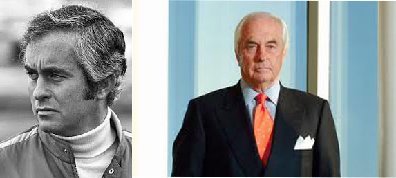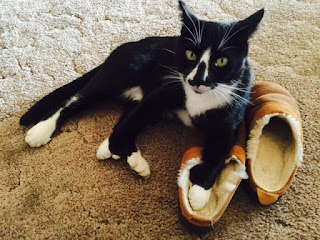The potato’s story began more than 10,000 years ago on the shores of Lake Titicaca, in present-day Peru. The Incas are believed to have been the first to cultivate potatoes all the way up in the Andes mountain range, at 3,800 metres above sea level.
Wild potato plants already grew around the lake, and communities of Inca farmers began domesticating the potato and learning how to preserve this sturdy veggie.
The Incas discovered that by dehydrating the potatoes into a substance called chuño, they could store it for up to 10 or even 15 years. Peruvian potatoes were versatile too. The Incans boiled, mashed, roasted, fermented in water to create a sticky toqosh, and ground to a pulp and soaked to create almidón de papa (potato starch). Peruvian potatoes soon formed the basis of the Incan diet, sustaining great cities and Incan armies. It became a revered food, as the Incans also used potatoes to treat injuries, predict the weather, and make childbirth easier. The Incans even used the modest potato to measure time, as Incan units of time corresponded with the length of time it took to cook a potato to different consistencies.
It wasn’t until the mid-16th century that potatoes spread beyond the shores of South America. After Spanish Conquistadors ransacked Peru in hopes of finding gold, they instead discovered the potato.
The Spanish were impressed with this root vegetable that was easy to farm in abundance and store for long periods. Packed with vitamin C, the potato also relieved scurvy among the Spanish sailors. Peruvian potatoes quickly became a staple item on Spanish ships and the Conquistadors carried them across the seas to Europe.
A few decades later, Sir Walter Raleigh, an English explorer, writer, soldier and politician, introduced potatoes to Ireland in 1589, on 40,000 acres of land near Cork. It took many more decades before potatoes became a prominent part of the European diet. It wasn’t until the 1780s that the Irish began farming potatoes in abundance, thanks to their hardiness and nutrition.
Since then, the potato has traveled all over the globe, becoming one of the most important foods in the world. Although it may seem like a simple tuber, the potato has played a great role in human history.
To read more about Inca history, go here:
https://en.wikipedia.org/wiki/Inca_Empire
- 1/4 cup grated Parmesan cheese
- 1 teaspoon garlic salt
- 1/2 teaspoon garlic powder
- 1/2 teaspoon dried oregano
- 1/2 teaspoon paprika
- 4 medium baking potatoes (about 8 ounces each)
- Cooking spray
- Preheat oven to 400°. Mix first 5 ingredients.
- Cut each potato lengthwise into 8 wedges; place in a parchment-lined 15x10x1-in. pan. Spritz with cooking spray; sprinkle with cheese mixture. Bake until tender, about 30 minutes.
























